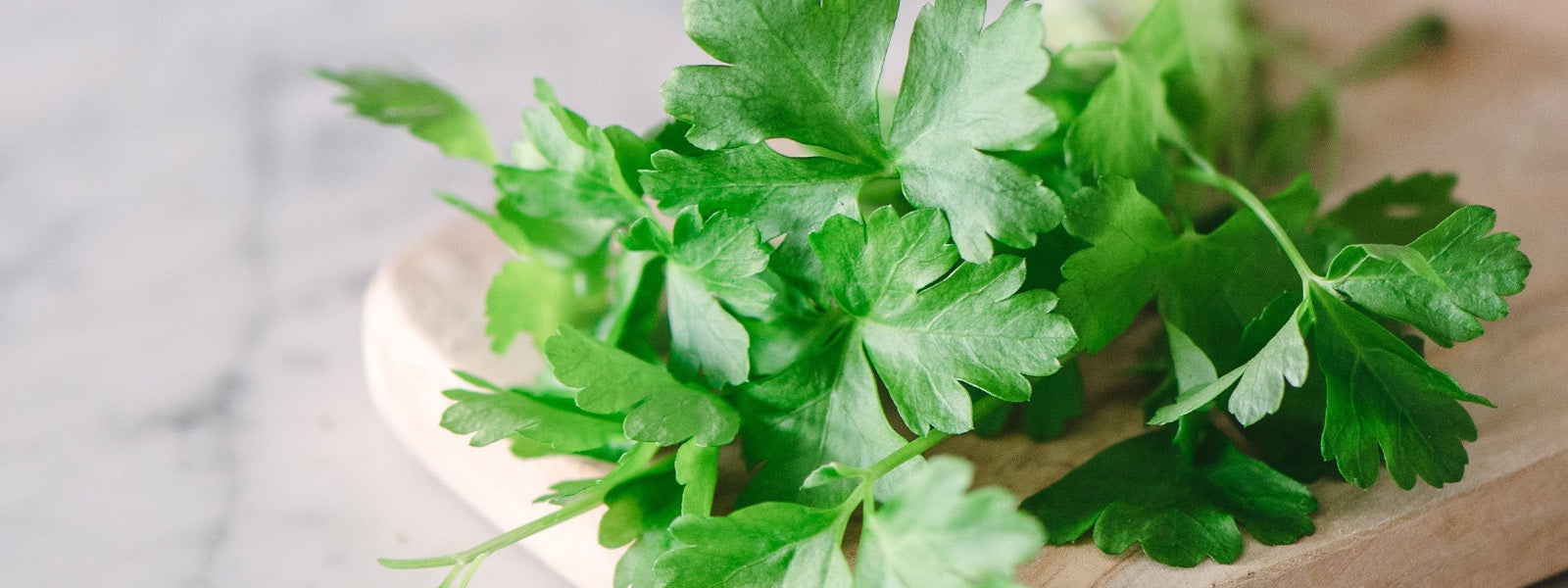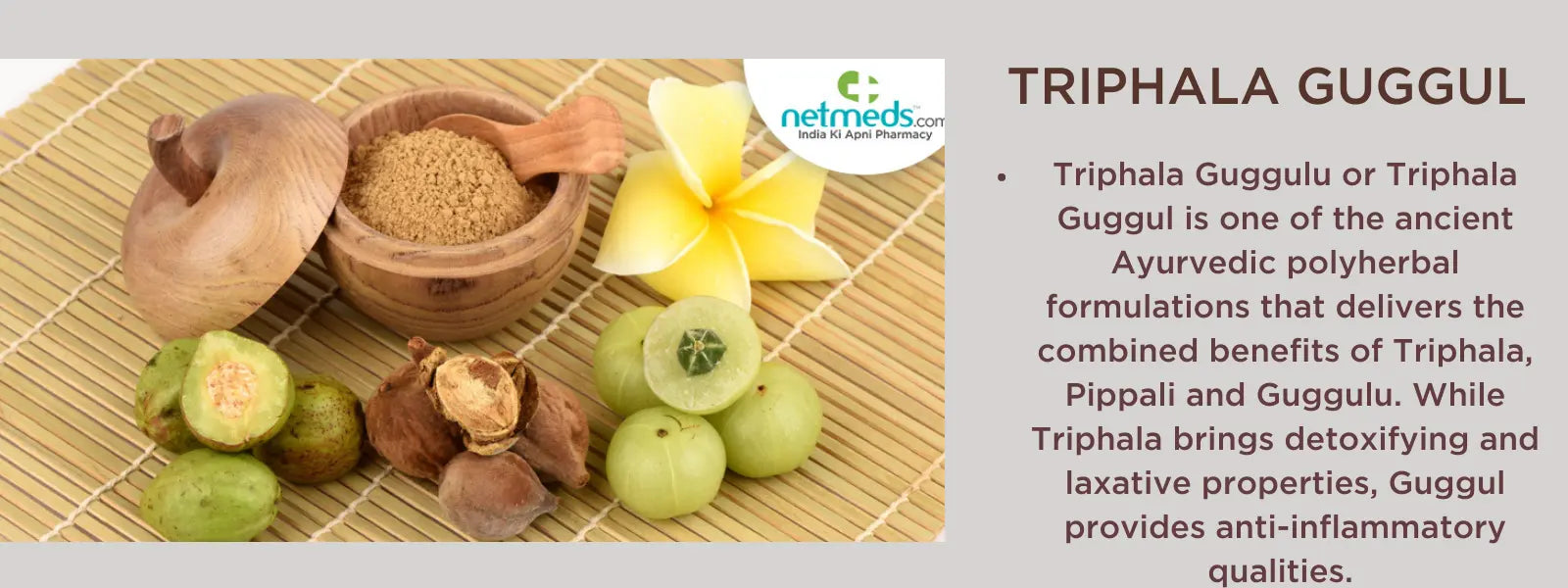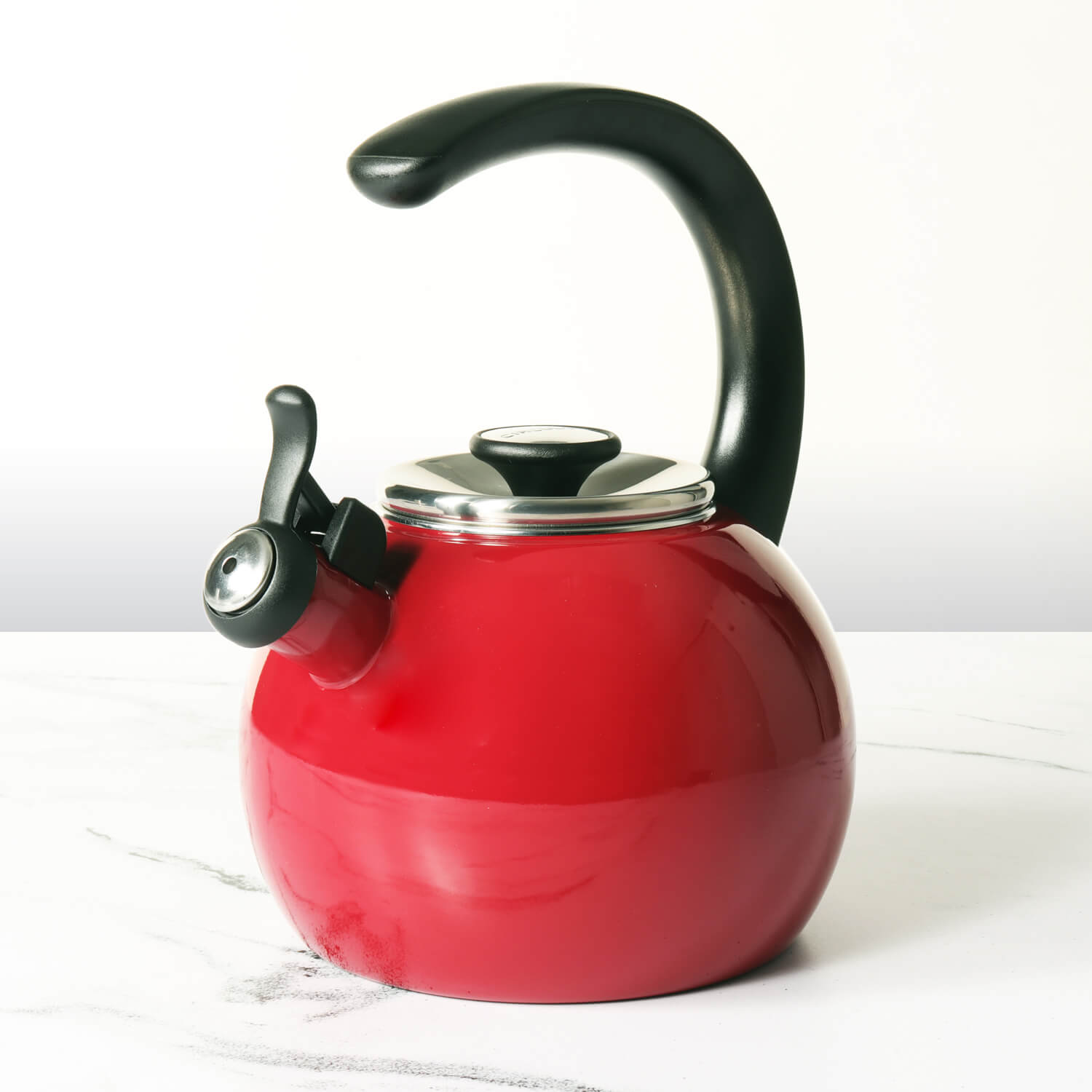Nagkesar is an ornamental evergreen tree that is utilised in a variety of ways for medical purposes, either by itself or in conjunction with other herbs. It helps to relieve cold and cough symptoms by clearing the lungs of extra mucus. Additionally, this provides relief from some asthmatic symptoms. Because Nagkesar powder has an antipyretic effect, taking it once or twice a day with honey or lukewarm water helps lessen fever by bringing down body temperature. Due to its astringent quality, it also helps treat bleeding piles, diarrhoea, and stomach irritability.
Table of Contents
About Nagkesar:
It is a national tree of Sri Lanka, the state tree of Mizoram, and the state flower of Tripura. It is native to tropical regions of Nepal, Burma, Thailand, the Philippines, and Malaysia. It can be found on Indian soil in Kerala, Tamil Nadu, Assam, and the Konkan and Karnataka rain forests. Nagkesar is a decorative tree with significant therapeutic value. Its root, bark, leaves, seeds, flowers, and wood have all been used for a long time in various Ayurvedic treatments. The herb has a tonne of benefits, including diuretic, antivenom, wound healing, anti-inflammatory, and ulcer fighting properties. It is an effective medication for conditions like leucorrhoea, bronchitis, haemorrhage, migraines, and diseases of the gastrointestinal and urinary tract. The tree, which produces one of the strongest dark red timbers in the world, is also known for producing one of the best pain-relieving oils in the world from its bark and seeds.
Ayurvedic use of Nagkesar:
Among the many potent ayurvedic natural wonders that are essential to a holistic approach to health and wellness, Nagkesar, also known as Nag Champa, is one wonderful and well-known herb that Ayurveda has given us. Nagkesar, also known by its botanical name Mesua ferrea, is a member of the Chatrujata group of herbs and is a member of the Guttiferae family. Ayurveda claims that Nagkesar's Laghu (easy to digest) quality makes it beneficial for enhancing digestion. Because Nagkesar oil has potent antibacterial and wound-healing properties, applying it topically may help manage skin issues and prevent skin infections. Due to its analgesic and anti-inflammatory qualities, topical administration of it also aids in reducing pain and inflammation.
Benefits of different parts of Nagkesar plant:
The nagkesar plant, which possesses astringent, hot, harsh, fragrant, ulcerative, and emollient properties in its therapeutic course, has been used as a folk treatment for many years to cure skin problems, wounds, and improve blood flow. Every component can effectively treat a wide range of chronic health abnormalities. The following components of this plant are used to cure a range of illnesses, either on their own or in combination with other herbal medicines.
Nagkesar flowers and stamens have astringent, antibacterial, and antifungal characteristics that aid in the treatment of blood and skin conditions. Using floral extracts to treat bleeding piles is quite successful.
Seed oil: To treat pain and inflammation, use the essential oil extracted from the resin that Nagkesar bark and seeds exude. Nagkesar kernels are ground into a paste and administered topically to treat eczema and other skin problems.
Roots: This plant's roots are well renowned for being a highly powerful antidote to scorpion venom and snake bite venom. For the treatment of bronchitis and gastritis, or inflammation of the stomach, root extracts are also included in herbal tonics.
Stem Bark: Nagkesar's stem bark has a laxative and stomachic effect that aids in the treatment of piles, abdominal pain, difficulties with urine and vaginal discharge, problems with low appetite, and burning stomach sensations.
Leaves: Headaches, sore eyes, and burning foot sensations can all be treated using the carminative and pain-relieving qualities of the leaves. To treat the common cold and cough, one applies a paste made from Nagkesar leaves to the head and chest.
Health benefits of Nagkesar
- Treats Leukorrhea:
Leukorrhoea is the discharge of a white, yellow, or green colour from the genital area. Although it is accepted as typical in adults and teens, it can occasionally result from infections with bacteria, yeast, or other microorganisms. Nagakesar has been shown to be effective in treating this uneasy condition that occasionally has the potential to be unpleasant and itchy and in enhancing Agni (digestive fire).
- Cures persistent piles
Blood vessels that are enlarged might develop around the anus and cause bleeding piles or haemorrhoids. In addition to causing painful defecation, this also causes blood stools. Pitta dosha becomes out of equilibrium as a result. Nagkesar reduces pile lumps, reduces inflammation, eases pain, and regulates anal bleeding to calm the pitta dosha and bring the body's heat into equilibrium.
- Treats skin diseases
Nagkesar is used to stop the signs of skin conditions like psoriasis and hives. Because of its anti-inflammatory properties, nagkesar oil has a curative quality and is very helpful in treating skin infections, scabies, and wounds in addition to reducing inflammation. Because they have antibacterial and disinfectant qualities that lessen skin eruption, Nagkesar flower extracts are used as an astringent. To acquire luminous skin and to remove dark spots from the face, nagkesar combined with sandalwood can be mixed into a paste and applied to the skin.
- Treats joint pain
As we age, joint pain becomes a prevalent issue that can cause osteoarthritis and weak bones. Due to an imbalance in the Vata dosha and the accumulation of Ama (toxins) in the joints, arthritis develops. Joint pain is reduced by Nagkesar powder's anti-arthritis properties. Applying essential oils made from Nagkesar seed extracts topically helps provide immediate relief for all problems associated with arthritis.
- Prevents migraines and headaches
By releasing tense muscles, nagkesar reduces headaches brought on by stress. It also aids in the treatment of several types of painful headaches, including migraines.
- Addresses asthma
Nagkesar is additionally used to ease asthmatic symptoms. This herb's fiery potency has the ability to clear mucus and treat breathing problems, which helps to lessen the symptoms of asthma.
- Eases Heavy Menstrual Bleeding
Women frequently experience excessive menstrual bleeding, which is a very common issue. Menstrual bleeding that is on the heavier side is typically not a cause for alarm, but excessive bleeding weakens the body, is uncomfortable, and can eventually cause further issues. Menorrhagia is another name for this issue. Nagkesar has hemostatic qualities that can treat excessive bleeding issues and offer long-term relief from a variety of menstruation disorders.
8.Combats Respiratory Issues and Cough
Nagkesar has a powerful ability to remove mucus from the body. By removing unwelcome, bacterial-filled phlegm, this helps to relieve chronic cough and respiratory conditions. The anti-inflammatory properties of it also help to lessen lung irritation.











Leave a comment